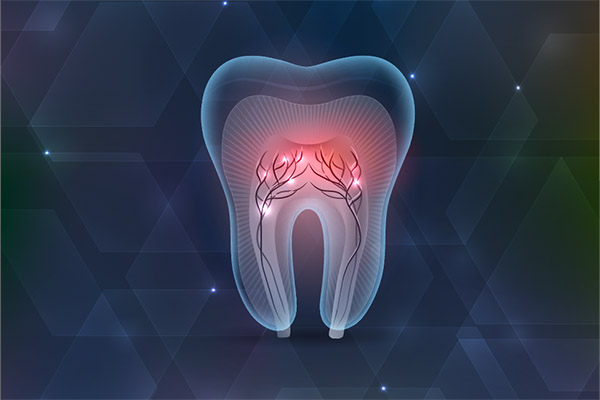Oral Cancer Treatment: How Laser Dentistry Can Be Used to Remove Oral Lesions

The practice of laser dentistry offers an enhanced method for treating oral cancer. Soft tissue lasers can remove oral lesions with heightened precision. Patients experience many benefits of this treatment.
Laser dentistry for oral cancer
The word "laser" stands for "light amplification by stimulated emission of radiation." Lasers were first approved for use in dentistry by the FDA in 2014. There are many types of laser dental treatments. Some focus on hard tissues such as teeth, while others are developed for soft tissues like gums.
Facts and figures
The types of lasers used to remove oral lesions are specifically made for soft tissues. Oral lesions are more common than one may think. They occur in approximately 26.7% of the population, according to a 2009 study by the Department of Community Dentistry in Cleveland, OH. Most oral lesions are not cancerous, and many do not need to be removed. However, the Oral Cancer Foundation states that approximately 53,000 Americans will be diagnosed with oral cancer this year.
Dentists use a variety of tools to diagnose cancer, from the appearance of the lesion to a biopsy. Lasers can take a precise biopsy with minimal pain to the patient. Before 2014, standard surgery was the primary option for removing oral lesions. In surgery for possible oral cancer, it is important to remove not just the lesion but all infected tissue surrounding it. Healthy tissue should be preserved to the greatest extent possible, with an intricate area of removal. The accuracy with which this surgery is done is improved through the use of lasers.
Benefits
Lasers are precise because they can focus the light energy specifically on a minute area. This instrument can remove or shape the soft oral tissue due to a reaction that essentially vaporizes small, carefully targeted sections of tissue. The precision of lasers results in a variety of positive outcomes for the patient:
- Less pain
- Faster surgery time
- Less bleeding and swelling
- Lower need for sutures
- Faster recovery time
The way the laser reshapes the tissue is less painful for most patients. The faster recovery time is due in part to the fact that the soft tissue laser sterilizes the areas it touches. This reduces the risk of developing a bacterial infection. This type of laser seals blood vessels and nerve endings while vaporizing the tissue.
According to a 2007 article by dentaleconomics.com, the average cost of a dental laser was higher than that of standard surgery equipment. With evolving technology, however, prices have declined in recent years. In addition, the efficiency of laser dentistry, such as faster surgery times and fewer sutures needed, often mitigates the cost of the equipment.
Conclusion
Oral cancer is a serious condition that necessitates dental intervention. The removal of cancerous oral lesions is improved through the use of laser dentistry. Operation and recovery times are expedited while pain is lessened. This results in a faster and easier recovery for patients.
Are you considering laser dentistry in the Red Bluff area? Get more information at https://www.drelloway.com.
Check out what others are saying about our services on Yelp: Read our Yelp reviews.
Related Posts
Root canal treatment is performed to prevent and treat infection in a tooth’s pulp. The term “pulp” refers to the soft tissues housed in a tooth’s pulp chamber. This is the innermost layer of a tooth’s crown, and it is sealed off from the rest of a tooth to prevent oral bacteria and the acids…
If you recently found out that you need to undergo a root canal treatment, you will need to visit a dentist with expertise in the procedure. Many people believe that their dentist is a one-stop shop for all their dental requirements. But this is not always the case. This article contains tips for selecting the…
A dental crown can restore a damaged, worn, or weakened tooth. This restoration can bring back your healthy smile and stable dental function. Knowing the benefits of dental caps can motivate you to set an appointment soon. Here are the benefits of a dental crown that you must consider.Losing a tooth can be annoying, especially…
Your dentist will recommend a root canal treatment to help you keep your damaged tooth. A natural tooth will always be better than a synthetic one. This treatment will restore the appearance of your tooth. If you want to know how a root canal treatment can maintain the natural look of your affected tooth, here…


